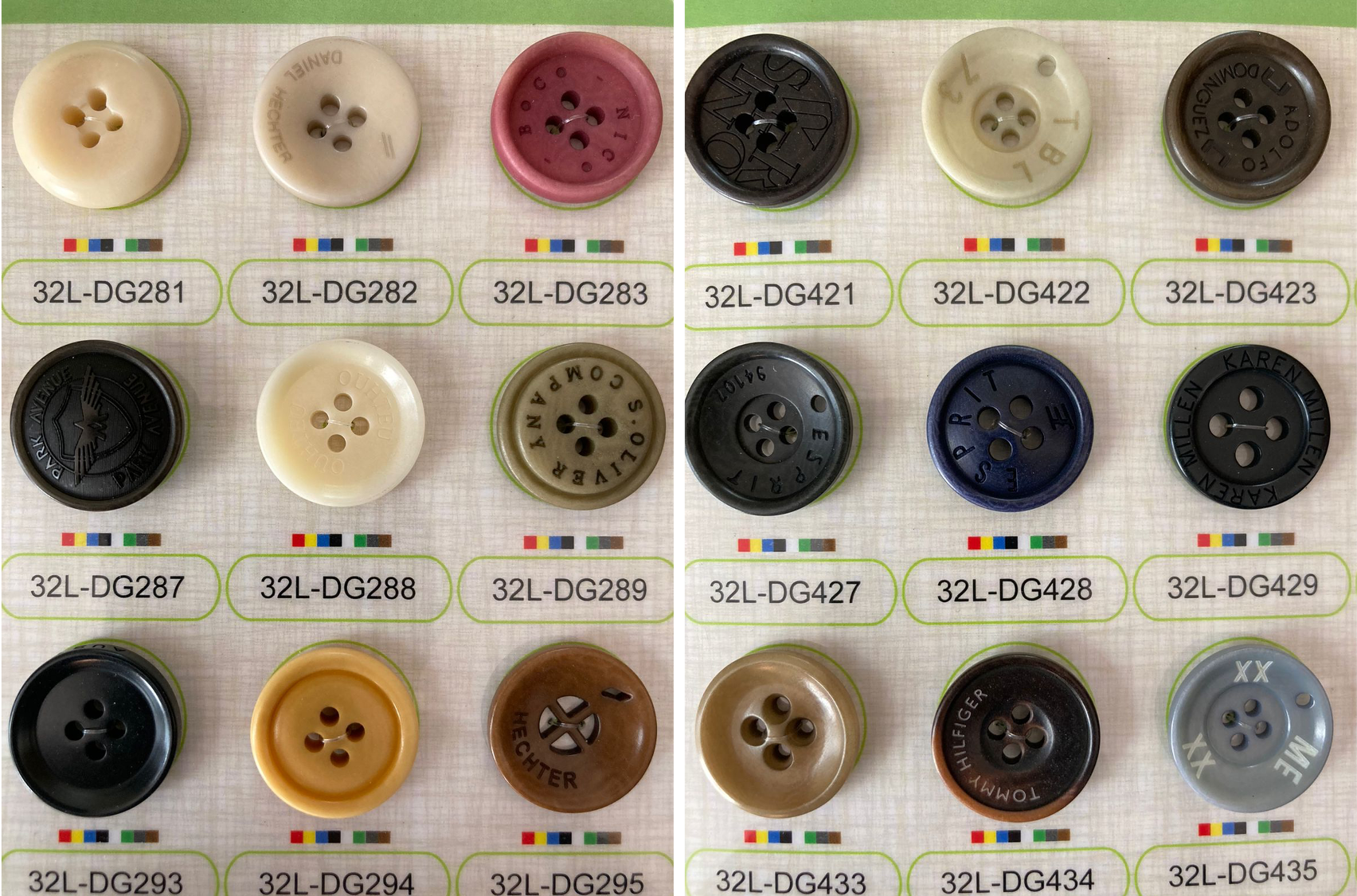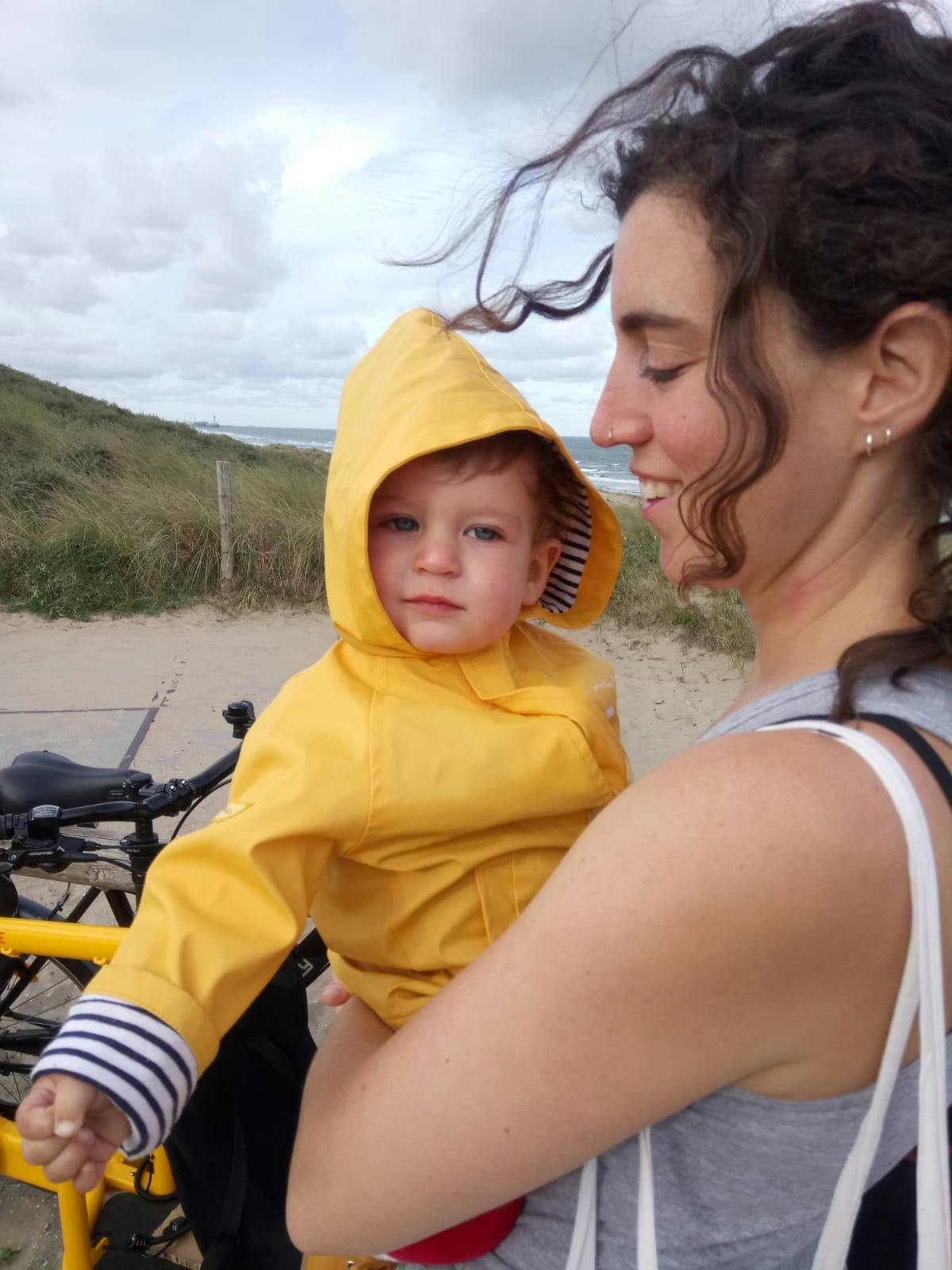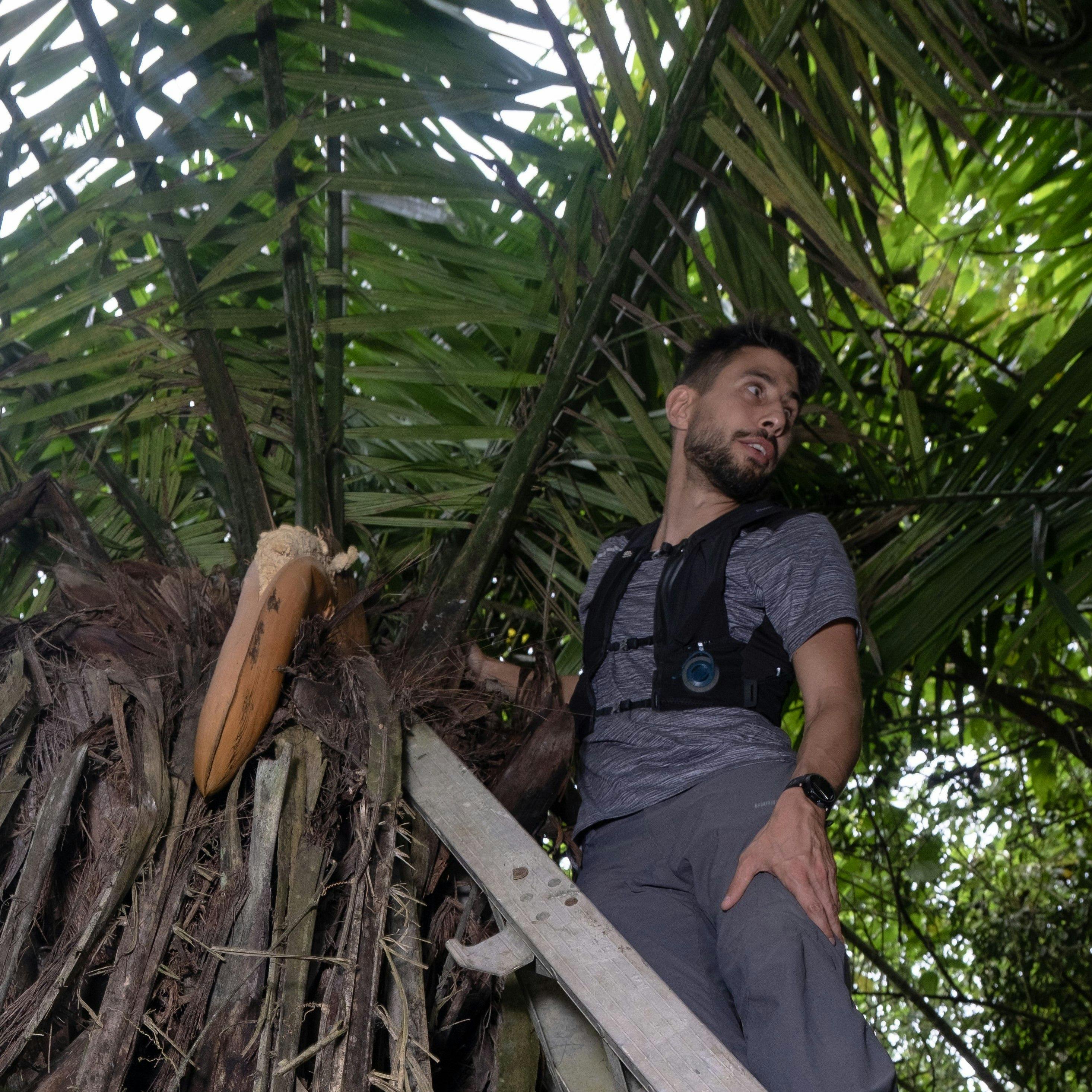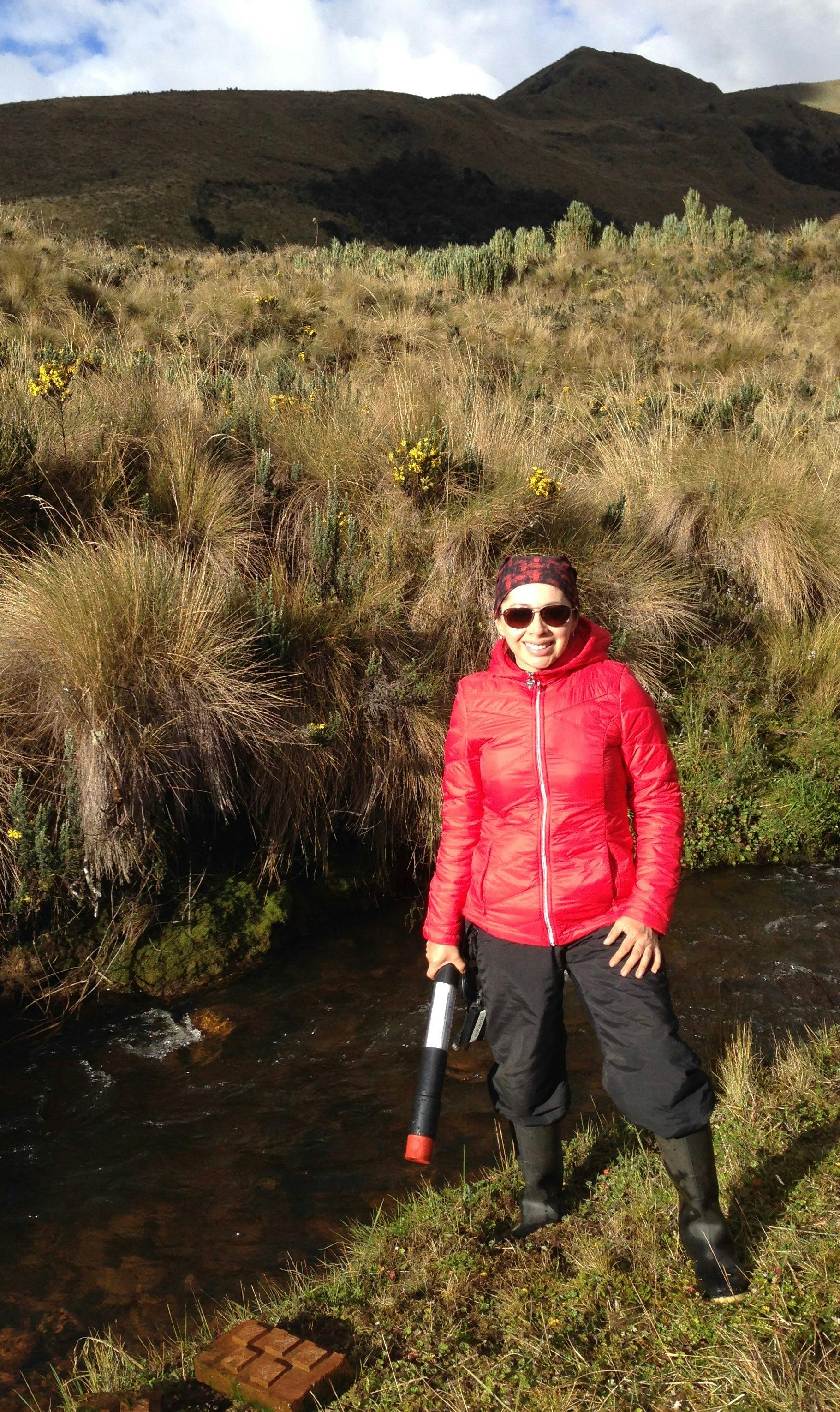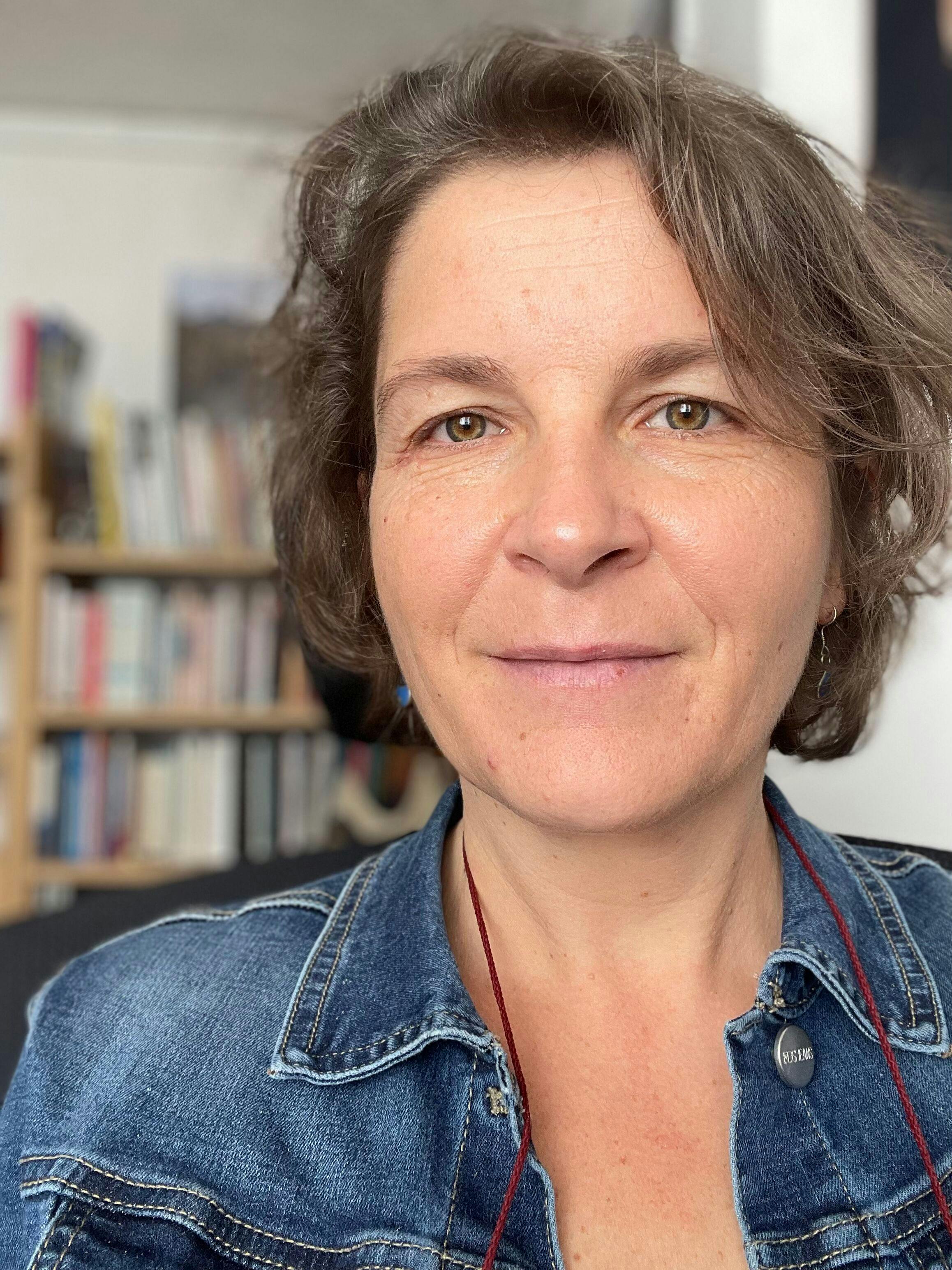In response to global challenges, researchers search for new ways of knowing outside disciplinary boxes to provide long-lasting, fair solutions to complex problems. Transdisciplinary, solution-oriented research widely known as sustainability science transcends disciplinary interactions and puts in conversation a plurality of academic and non-academic types of knowledge (Tengö et al 2014). Here, we explore how academic knowledge from botany, ecology, ethnoecology, economy, and anthropology, Indigenous and local knowledge, and knowledge from the private sector can support the sustainable development of the ivory-palm button social-ecological system.
Buttons. You know them. They are those small things used to bind two pieces of fabric together in a clothing item or accessory. They come in endless shapes, sizes, colours, and materials. They are made of wood, bone, shell, metal, and plastic. They are also made from vegetable ivory (Figure 1). That is the seeds (mature endosperm) of the near-threatened ivory palm Phytelephas aequatorialis (Figure 2; Montúfar et al 2022; Montúfar and Pitman 2003) known as tagua or corozo in Ecuador. The tagua button industry is small but ripples across the social and ecological dimensions of the tagua sourcing and transformation system. With a trade history deeply rooted in 19th to early 20th Century transoceanic commercial enterprise (Acosta-Solis 1948), tagua is still a valuable natural resource now holding promise for improving biodiversity understanding and conservation, biocommerce, and community wellbeing. However, multiple local and international barriers exist for the fulfilment of this vision: economic, educational, scientific, and administrative. These are challenging for single actors to address independently. By following a button from source to customer, we will present the contributions of these diverse kinds of knowledge to improve understanding on the tagua social-ecological system and contribute to outline new models of sustainable development for tagua buttons.
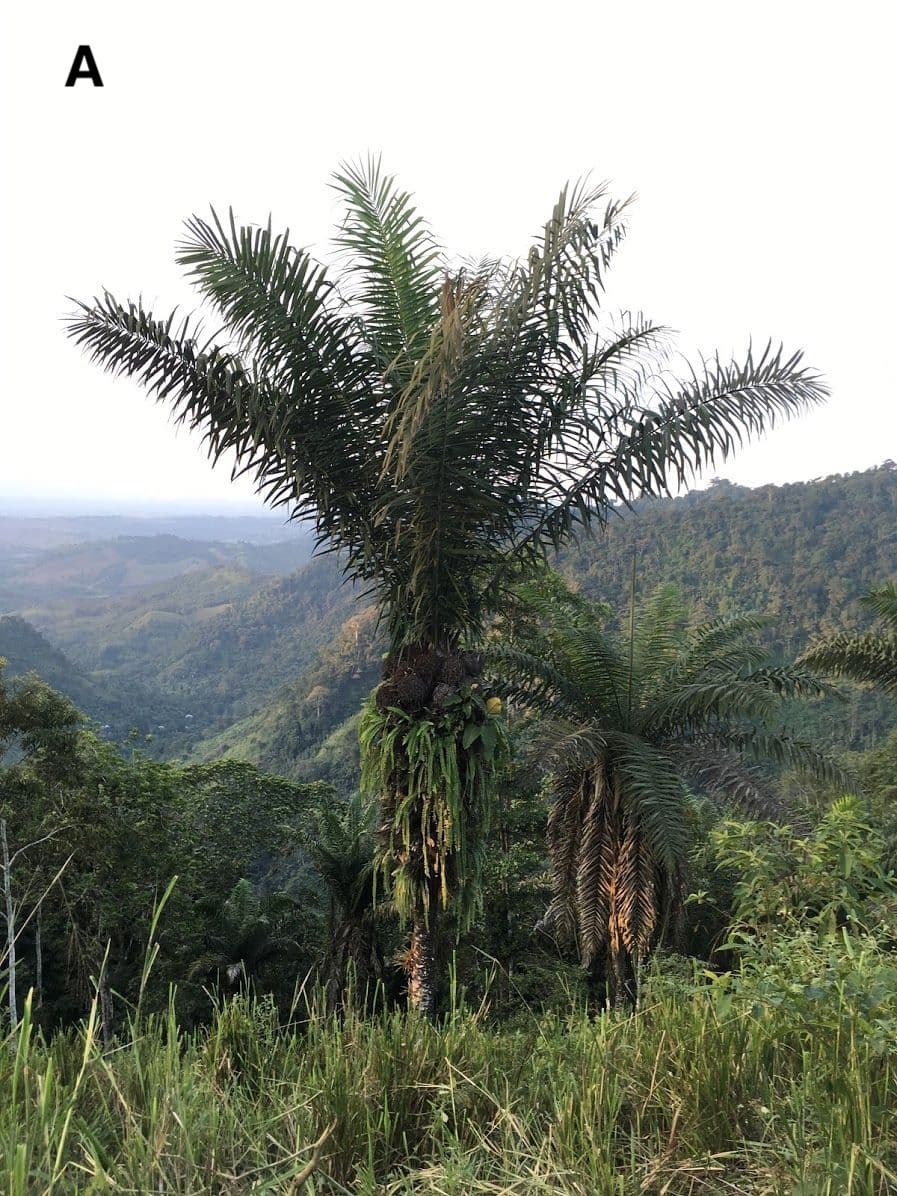
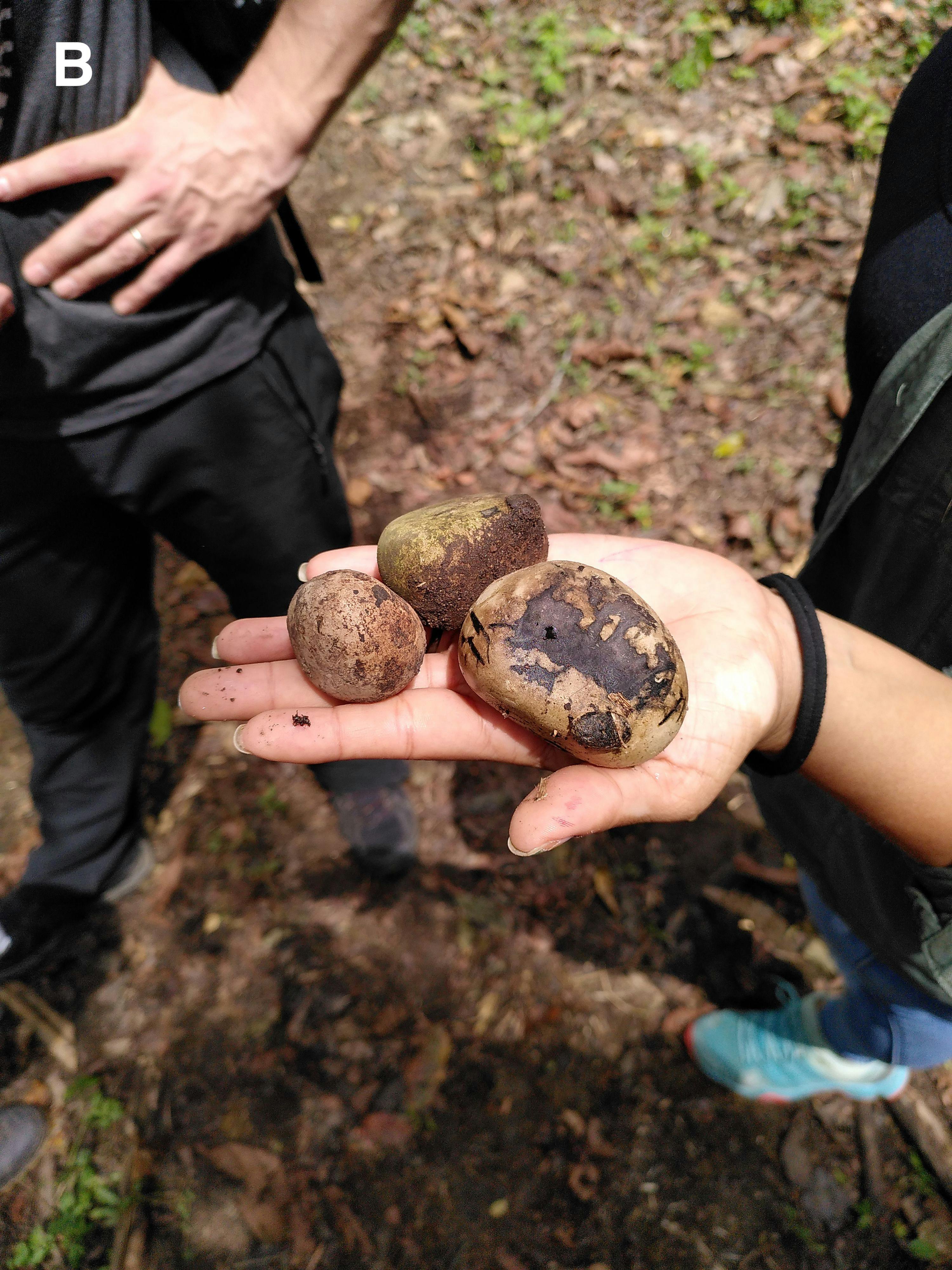
For a tagua button to be stitched to your shirt, an ivory palm female flower had to be pollinated in Ecuador at least two years before. The ivory palm is endemic to the coastal region of Ecuador growing in humid to relatively dry forested areas from sea level up to 1600 meters above sea level in the megadiverse region of Tumbes-Chocó-Magdalena, one of the tropical forests most threatened by deforestation (González-Jaramillo et al. 2016; Pérez-Escobar et al. 2019). Up to 10 meters high, this arborescent palm is solitary and non-domesticated. It also is dioecious with a high sexual dimorphism only apparent at the flowering of the first inflorescences, when the palm is at least 8 years old. The species has an unusual heat-assisted pollination system whereby male and female inflorescences heat up to 15ºC higher than the ambient air temperature (Figure 3; Pincebourde et al. 2016). Heat could help the flower's sweet scent travel further across the forest in its call for pollinators.
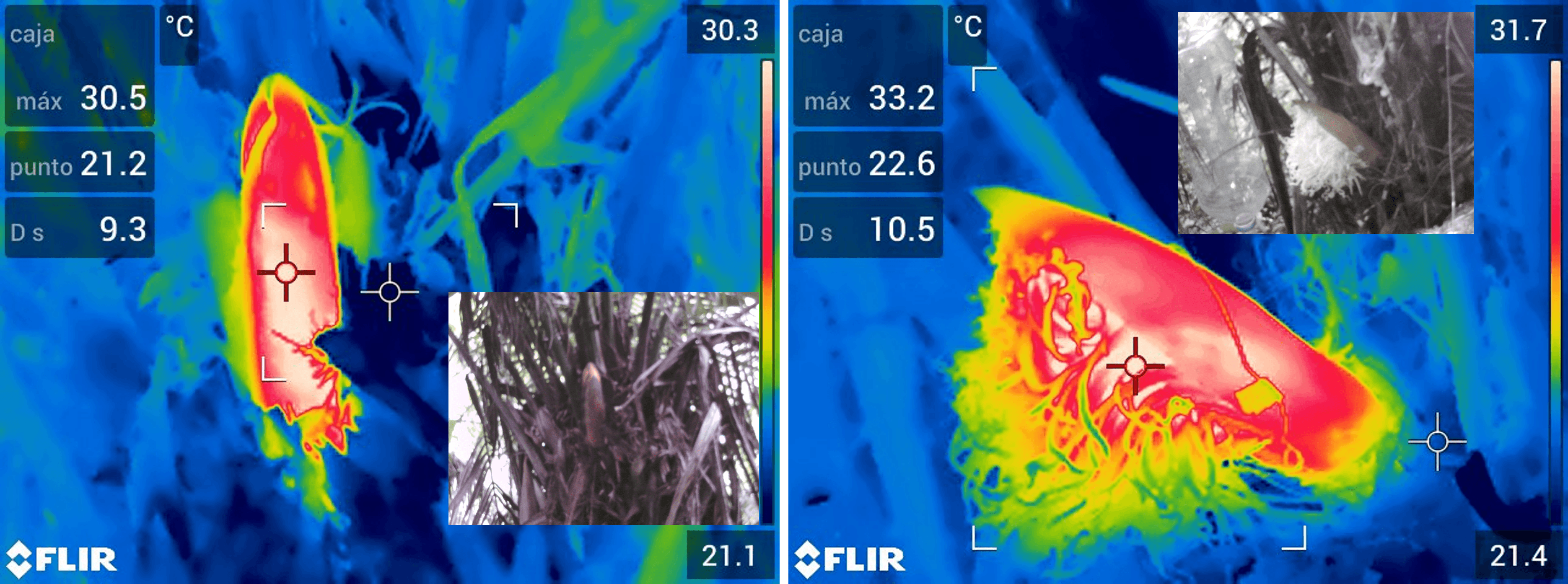
After the palm itself, pollinators are the second group of indispensable actors in the button's journey. In the Ecuadorian cloud forest, at least 60 morphospecies of insects including beetles, flies, and bees have been reported to visit either male or female flowers of tagua (Auffray et al., submitted). Pollinators are mostly beetles (Staphylinidae, Nitidilidae, and Curculionidae; Figure 4) whose diminutive sizes allow them to access the narrow entrance of the stigmas of female flowers. Tiny, but key actors. Without a healthy pollination system, the female flower does not bear the spherical infructescence, the mococha, and the much sought-after seeds. Each mococha has 15 to 26 conical fruits with a whitish, spongy, lipid-rich, edible mesocarp and edible endosperm (while immature and liquid). When the endosperm matures it turns into the white solid material resembling ivory, and the conical fruits fall to ground.
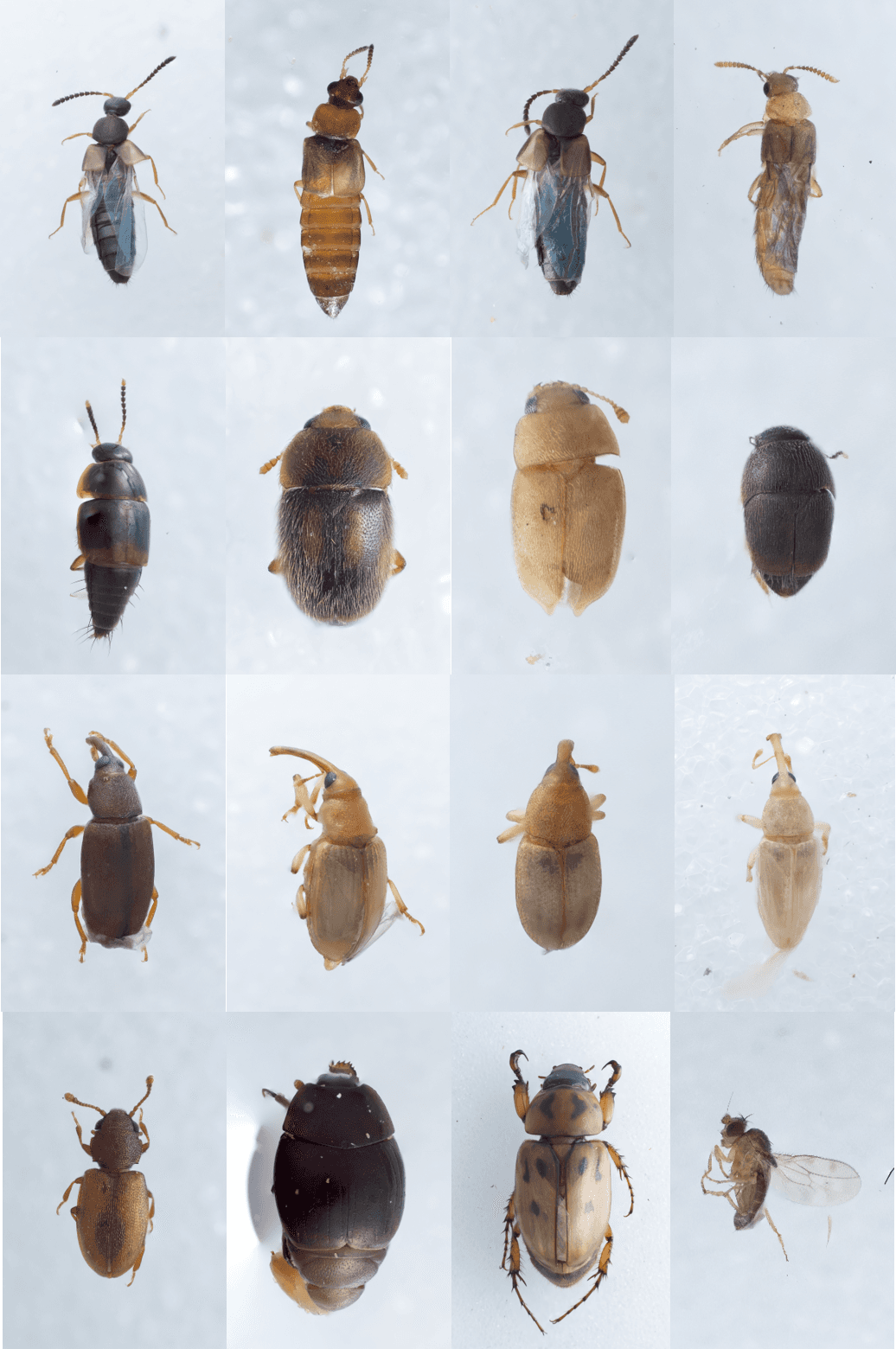
When fruits have fallen, both animal and human foragers approach the palms to harvest their yield. Herbivores eat the fleshy mesocarp and discard the endocarp. These herbivores include mice, coatis, opossum, paca, agouties, squirrels, and rats (Escobar et al 2020). Herbivores attract their own predators near tagua palms like snakes and medium-size carnivores. And many other species find in the tagua palm a comfortable habitat. For example, when tagua grows in peri-urban areas, Chagas stinkbugs -- the vectors that can transmit the disease to humans -- have been observed to live in the palm (Abad‐Franch et al 2005).
The Spanish-speaking mestizo, Manteño- and Huancavilca farmers in coastal Ecuador have established diverse relations with ivory palms as well as many animals visiting them. Tagua leaves, also called cade, are used for roof thatching. The fruit's mesocarp can be cooked in various sugary ways to make desserts and snacks (Figure 5). The immature endosperm is eaten and drunk, usually while people are in the forest, and is considered medicinal specially to treat digestive problems. Inflorescences and fruits have been used as fodder, timber and seeds as building and craft materials, and taguas are perceived as highly valuable for the game-attracting role they play.
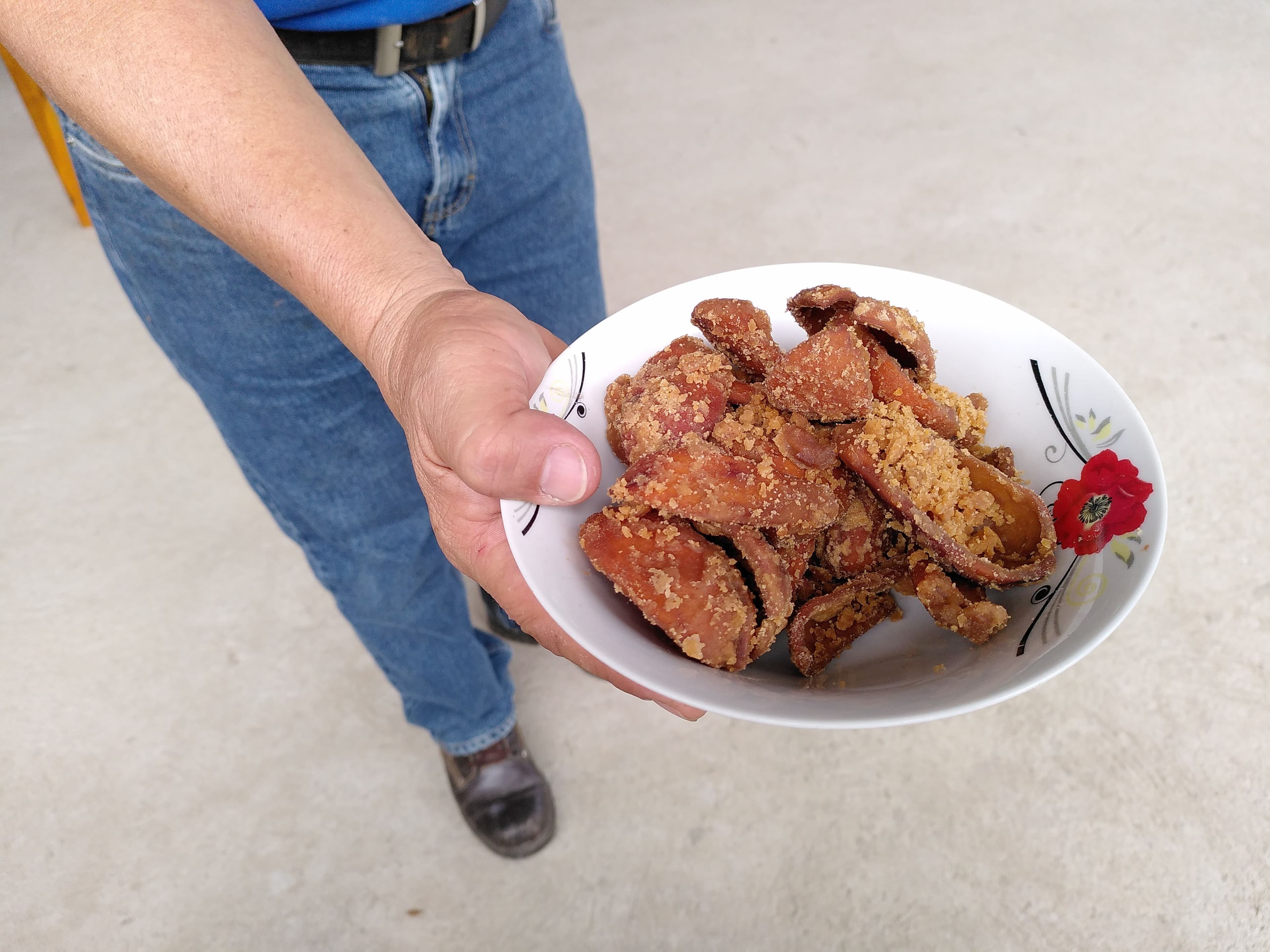
Many local communities living close to areas still forested in coastal Ecuador rely on the trade of tagua seeds in a greater or lesser extent along with other subsistence and economic activities. They may also grow corn, yuca, bananas, and other family-oriented produce and sometimes also cash crops (mostly corn). They may also be handicraft manufacturers, keep some chickens or cows, trade other cash non-timber forest products such as barbasco (Lonchocarpus spp.), palo santo (Bursera graveolens), and other local natural resources including wood and river shrimps. To all of them, the revenue made from selling tagua seed is an underpaid but most welcome contribution (and sometimes the main cash contribution) to the family economy. Harvesters are often men (but sometimes also women; Figure 6). Harvesters often discard the mesocarp and fill quintales (40-50 kilogram bags) of seeds. At night, they may revisit the forest to hunt many of the animals that also seek a feast around the tagua palms.
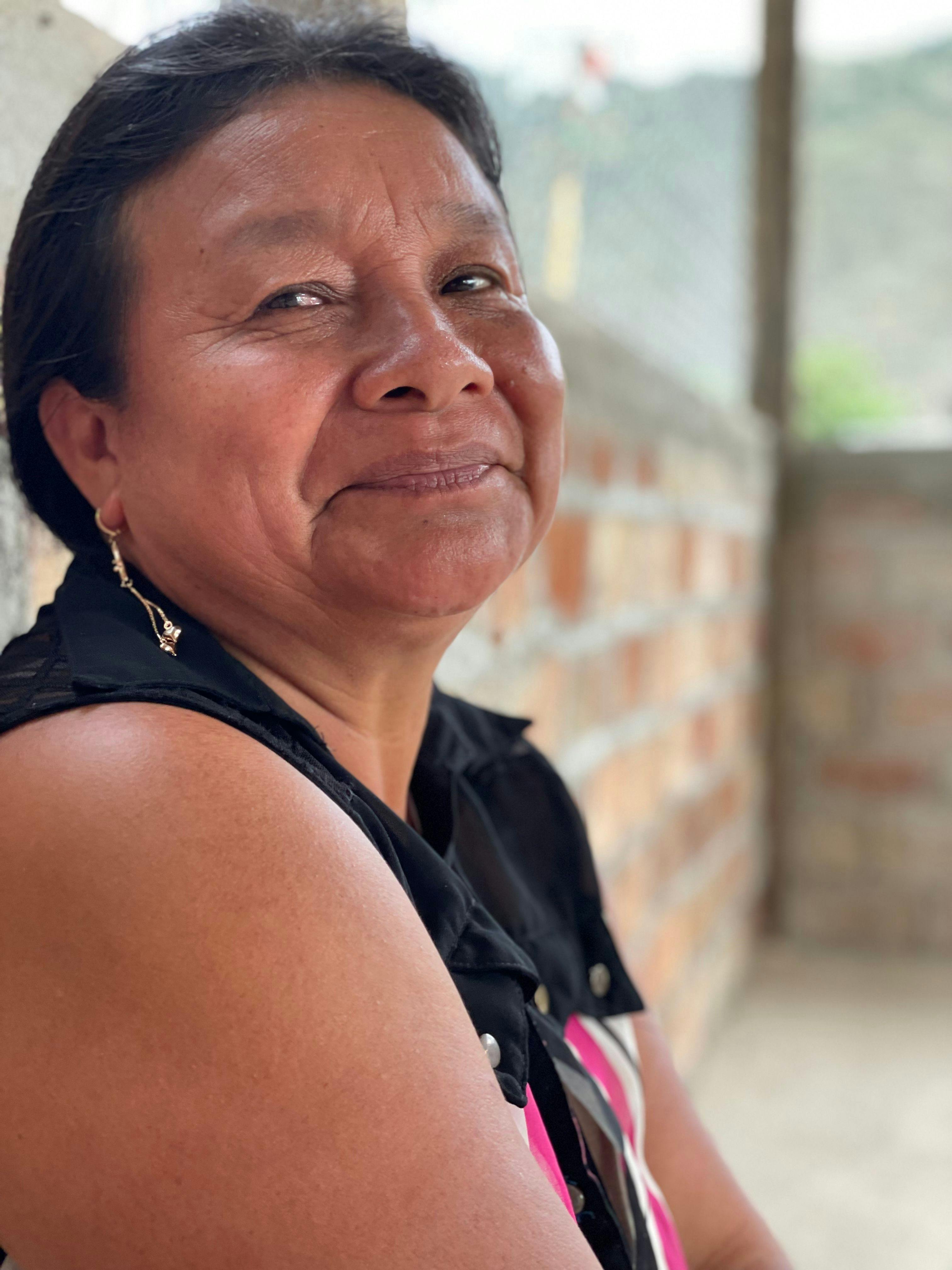
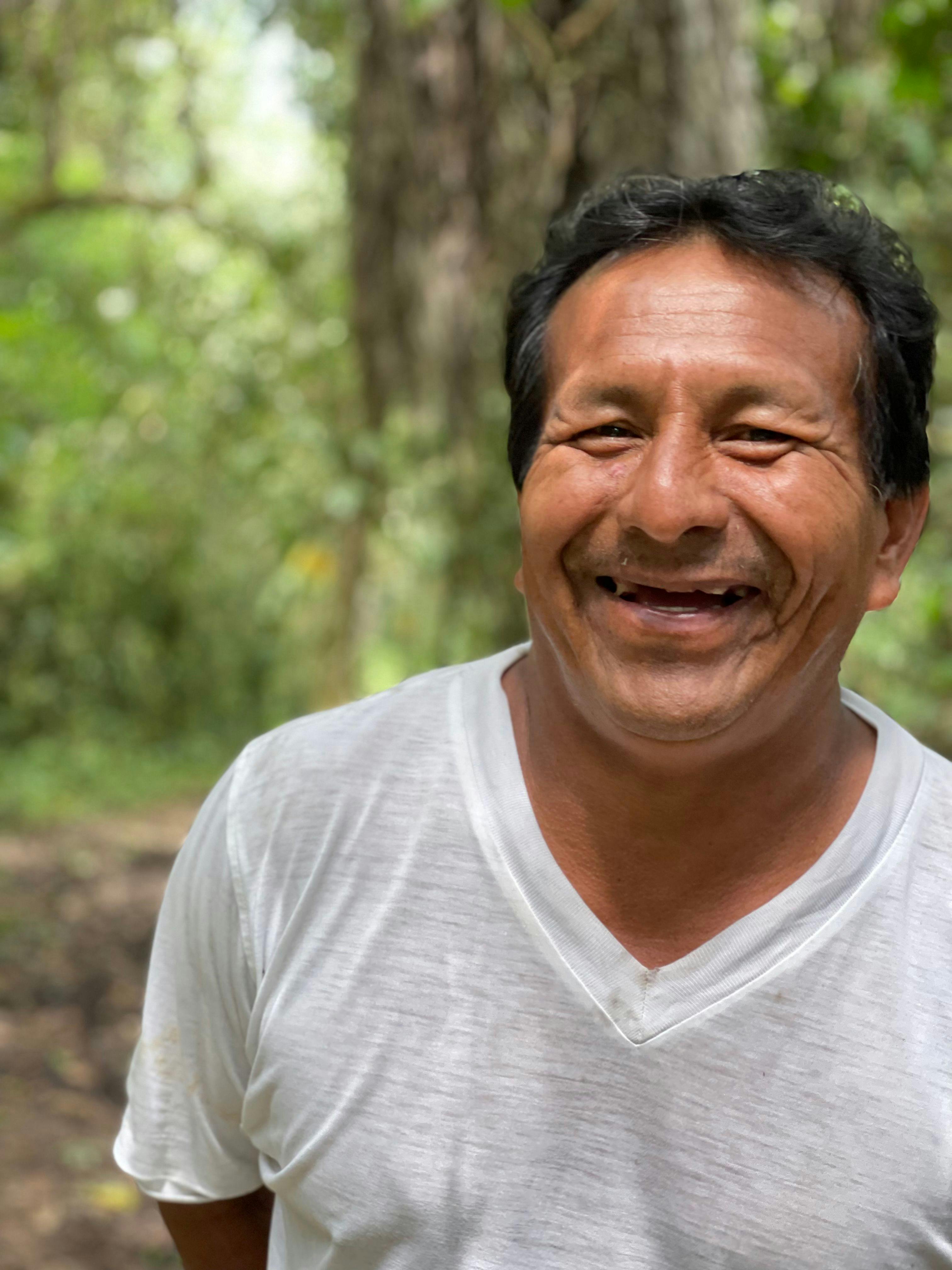
But other than picking and hunting, local communities also contribute to disperse tagua seeds and clear vegetation around tagua palms to enable their growth. If we make a historical parenthesis, we could note that this clearing practice and associated local ecological knowledge sustained across decades may have contributed to the growth of ivory palm gardens, taguales, or plots with ivory palms as the almost sole arboreous species (Figure 7). The demand for the tagua nut is at least a century old, with past demands higher than current ones. First a German-dominated export, then Italian and American, and currently led by Ecuadorian companies, the export demand of tagua created new local and global human-nature entanglements during the 20th Century in the process of feeding the fashion industry. It is unknown if taguales appeared in direct response to the high external demand for tagua seeds, as tagua is not only a commercial resource for these communities.
Today, harvester communities range from poor, marginalised, and relatively isolated, to communities with their own land ownership and management strategies. They are those still living close to the forest in areas with some conservation status or in those with lands not yet attractive enough for cash crop cultivation. During the early tagua rush, harvesters would have brought quintales of tagua to the nearby trade harbours in the provinces of Esmeraldas, Manabí, Guayas, Los Ríos, and El Oro (Acosta-Solis 1948). Currently, middlemen visit communities, buy at low prices and sell to workshops in the peri-urban area of Manta. There, women and men working in harsh conditions will get the seeds dried, shelled, sliced, cut into round coins and colour sorted to fill new bags, this time ready to be sold to the export company. After controlling quality, weighing, certifying, and disinfecting, tagua is shipped from its native land into a tentacled global trade network to reach other transformation workshops (in Istanbul and Hong Kong, for example), clothing factories, shops, and finally, consumers in fashion boutiques across the world. Export companies negotiate the interactions between the local and global social-economic landscapes. They are aware of the social and ecological vulnerability of the local system and have initiated transformative change to both improve the conditions of workers and preserve the ivory palm.
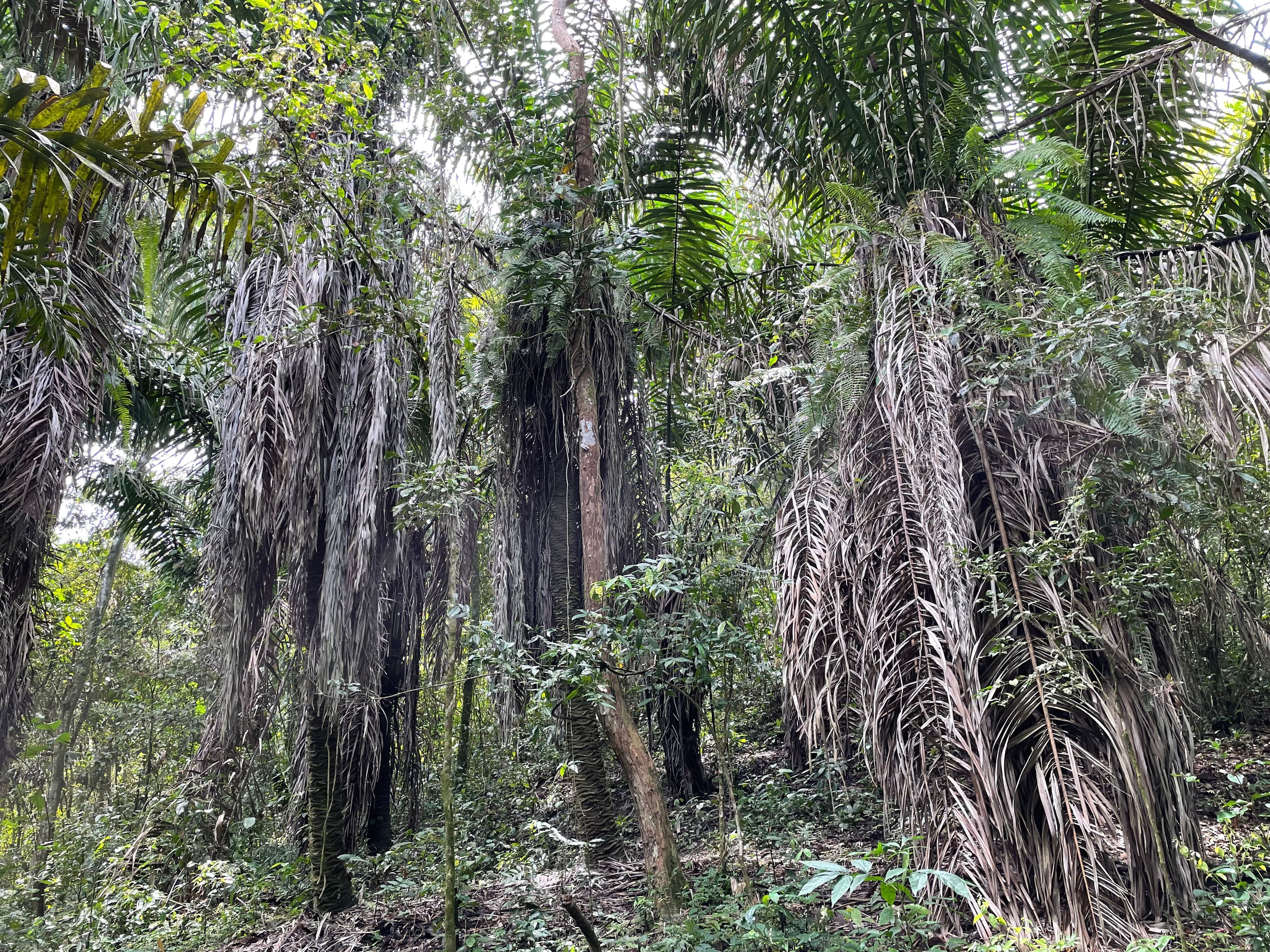
As tagua is a non-timber forest product, by providing monetary revenue to local communities that have a growing pressure to join the market economy it also provides arguments to allow the forest to continue to stand. Yet, tagua prices have fallen in the past decade and the revenue made from its harvest does not suffice to face an increasing deforestation pressure. The price paid for a quintal of tagua nut currently oscillates between $ 3-8.5. This is not a price based on harvest and post-harvest transformation costs; the fair cost of harvesting tagua from the forests of the Ecuadorian Chocó has not yet been calculated. Export companies seek direct trade with harvesters to incentivise forest preservation as well as ensuring better quality. Supporting local, small-scale, and sustainable cultivation, shortening the value chain, and adding value through on-site processing or a deforestation-steward certificate, could potentially increase the profits made by local communities from tagua trade and contribute to making arguments to halt deforestation more robust. Thus, it could support the conservation of tagua itself.
Outlining a fair and sustainable development model for tagua buttons requires deeper understanding of the biological, environmental, health-related, and social dimensions of the current and future social-ecological systems. We need to understand a plant species' population structure and dynamics under different management regimes and historical management trajectories. We need to learn how the delicate pollination system is affected by management strategies and climate change but also how the ecological network might be impacted by higher plant densities and these impact human's health if in proximity to people's habitations. We need better understanding of the supply chain for global fashion markets in their strive for "green" products filtered through national, regional, and local governance institutions, formal and informal. We are studying how ecology and management can shape phenology, and how this in turn impacts economy, as different shapes, colours, and sizes of nut have different prices. Filling knowledge gaps is done in such a way that new knowledge enables transformative and sustainable practices. To this end we co-construct knowledge with local harvesters and their communities, NGOs facilitating biodiversity conservation and fair trade, the private sector, local and national environmental authorities, and local and foreign researchers trained in the social and natural sciences. Pursuing an answer to real complex problems may sacrifice depth for breath. It also demands academic and non-academic participants to step outside their comfort zone into unfamiliar conversations and ways of knowing. And, if we boil it down, overcoming these challenges is possible through the personal relations of people filled with goodwill who enjoy working together.
References
- Abad‐Franch, F., Palomeque, F. S., Aguilar, H. 5., & Miles, M. A. (2005) Field ecology of sylvatic Rhodnius populations (Heteroptera, Triatominae): risk factors for palm tree infestation in western Ecuador. Tropical Medicine and International Health 10(12): 1258-1266.
- Acosta-Solís, M. (1948) Tagua or vegetable ivory: a forest product of Ecuador. Economic Botany 2(1): 46-57.
- Auffray, T., Montufar, R., Palacios Uquillas, S., Barragán, A., Pincebourde, S., Gibernau, M., Dangles, O. (2023) Fine-scale temporal dynamics of flower visitors sheds light on the pollination strategy of a dioecious palm in the Ecuadorian Andes. Biotropica 55(1): 256–267.
- Dangles, O., Restrepo, S., & Montúfar, R. (2019) Sowing the seeds for interdisciplinary plant research and development in the Tropical Andes. Plants, People, Planet 1(2): 102-106.
- Escobar, S., Razafindratsima, O. H., Montúfar, R., & Balslev, H. (2020) Post-Dispersal Seed Removal in a Large-Seeded Palm by Frugivore Mammals in Western Ecuador. Tropical Conservation Science, 13: 1940082920947041.
- Montúfar, R. et al. (2022) Identifying the ecosystems services of the ivory palm (Phytelephas aequatorialis Spruce): A qualitative study from the central coast of Ecuador. Economic Botany 76(3): 300–318.
- Montúfar, R., & Pitman, N. (2003) Phytelephas aequatorialis. The IUCN Red List of Threatened Species 2003: e.T43981A10836113. Accessed on 19 January 2022.
- Tengö, M., Brondizio, E. S., Elmqvist, T., Malmer, P., & Spierenburg, M. (2014) Connecting diverse knowledge systems for enhanced ecosystem governance: the multiple evidence base approach. Ambio 43(5): 579-591.
- Pérez-Escobar, O. A., Lucas, E., Jaramillo, C., Monro, A., Morris, S. K., Bogarín, D., Greer, D., Dodsworth, S., Aguilar-Cano, J., Sanchez Meseguer, A., & Antonelli, A. (2019) The Origin and Diversification of the Hyperdiverse Flora in the Chocó Biogeographic Region. Frontiers in Plant Science 10: 1328.
- Pincebourde, S., Montúfar, R., Páez, E., & Dangles, O. (2016) Heat production by an Ecuadorian palm. Frontiers in Ecology and the Environment 14(10): 571–572.
- González-Jaramillo, V., Fries, A., Rollenbeck, R., Paladines, J., Oñate-Valdivieso, F., & Bendix, J. (2016) Assessment of deforestation during the last decades in Ecuador using NOAA-AVHRR satellite data. Erdkunde 70: 217–235.
